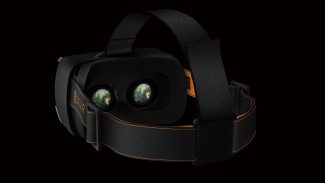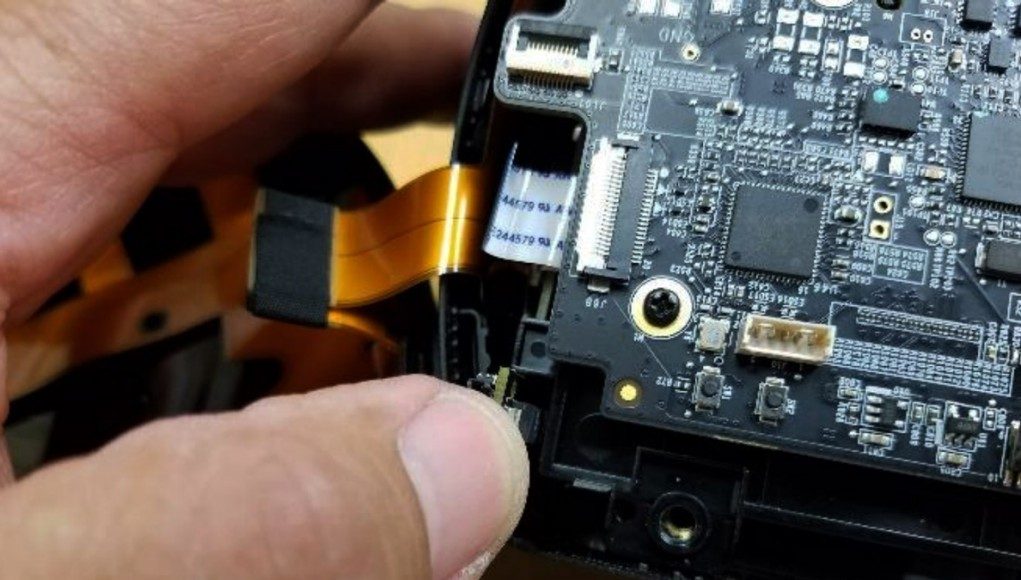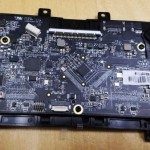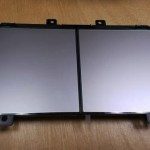OSVR has launched a display upgrade kit for the HDK headset which allows users to swap a new, higher performance panel into their existing HDK headsets.
The $220 screen upgrade kit, sold at the OSVR Store, offers HDK 1.3 & 1.4 owners a way to upgrade to the same display found in the recently launched HDK 2 headset. The upgraded OLED panel has a resolution of 2160×1200 and refresh rate of 90Hz, bringing the screen’s on-paper specs up to that of the Oculus Rift and HTC Vive. The display found in the HDK 1.3 and 1.4 is 1920×1080 running at 60Hz.

OSVR says that upgrade should take as little as 15 minutes, but notes that inserting the new display will mean the loss of an auxiliary USB connector on the side of the headset. No specialized tools are needed; the 10-page instructions appear simple enough for anyone who has opened up their desktop computer to replace RAM or other components. You’ll be exposing the inside of the headset, and could do damage if you aren’t careful, but it isn’t anything unexpected for a product bearing the name ‘Hacker Development Kit’.
This is good news for HDK 1.3 and 1.4 owners who were promised an open, modular device. From our understanding of OSVR’s open-source nature, this display could even be used (and sold) in other VR headsets made by other companies.
Availability of the HDK screen upgrade kit brings hope for further modular upgrades for the headsets, like the Leap Motion-embedded faceplate which the company announced more than a year ago, and forward-looking upgrades like the possibility of a Lighthouse tracking upgrade (now that Valve is licensing the technology).
Disclosure: At the time of writing, OSVR is running advertisements on Road to VR.









